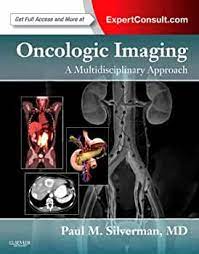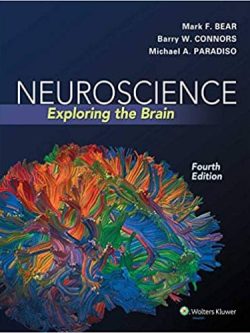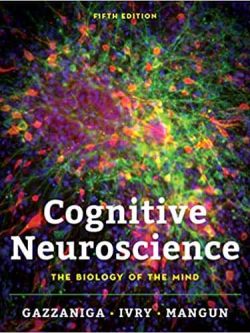Specifications
| book-author | Paul M. Silverman MD |
|---|---|
| file-type | |
| isbn10 | 1455733334 |
| isbn13 | 9781455733330 |
| language | English |
| publisher | Elsevier/Saunders |
Book Description
Oncologic Imaging: A Multidisciplinary Approach, authored by Paul M. Silverman, MD, is a comprehensive textbook that serves as an invaluable resource for medical professionals involved in the diagnosis, treatment, and management of cancer. This eagerly awaited second edition builds upon the success of its predecessor, offering an updated and integrated approach to the rapidly evolving field of oncologic imaging. In this article, we will explore the key features and benefits of this seminal textbook, highlighting its multidisciplinary perspective and its crucial role in enhancing the care of cancer patients.
Comprehensive and Multidisciplinary Content:
One of the defining strengths of Oncologic Imaging is its multidisciplinary approach, which encompasses the collective expertise of radiologists, oncologists, surgeons, and other specialists involved in cancer care. The textbook covers a wide range of imaging modalities, including radiography, computed tomography (CT), magnetic resonance imaging (MRI), positron emission tomography (PET), and molecular imaging. By integrating the perspectives of multiple specialties, the book provides a holistic understanding of the role of imaging in oncology.
Updated and Cutting-Edge Information:
Keeping pace with the rapidly evolving field of oncologic imaging, the second edition offers the latest advances in technology, techniques, and clinical practice. The content has been extensively revised to include recent developments in imaging-guided interventions, molecular imaging, functional imaging, and radiomics. Additionally, the book incorporates up-to-date information on the use of artificial intelligence and machine learning in oncologic imaging, equipping readers with the knowledge needed to leverage these emerging technologies effectively.
Practical and Evidence-Based Approach:
Oncologic Imaging takes a practical and evidence-based approach, providing readers with a wealth of clinically relevant information. Each chapter is organized systematically, beginning with a concise overview of the disease process, followed by detailed discussions of the imaging modalities employed, imaging findings, and their clinical implications. The book also emphasizes the importance of integrating imaging findings with clinical history, laboratory results, and pathology to facilitate accurate diagnoses and appropriate treatment planning.
Rich Visual Content:
Recognizing the paramount importance of visual aids in radiology, this textbook is richly illustrated with high-quality images, including radiographs, CT scans, MRIs, PET images, and pathology slides. These images not only serve as valuable educational tools but also help clinicians develop their diagnostic skills and enhance their ability to interpret complex imaging findings. The book also includes numerous tables, diagrams, and flowcharts that summarize key information and facilitate quick reference.
Clinical Applications and Decision Support:
Oncologic Imaging goes beyond basic radiological descriptions by offering detailed insights into the clinical applications of imaging findings. The textbook highlights the crucial role of imaging in treatment planning, response assessment, and follow-up of cancer patients. Moreover, it provides evidence-based recommendations and guidelines for decision-making, empowering clinicians to make informed choices regarding appropriate imaging strategies and interventions.
Conclusion:
Oncologic Imaging: A Multidisciplinary Approach (2nd Edition) is a comprehensive and up-to-date textbook that embodies the collaborative effort of experts from various disciplines involved in cancer care. Its multidisciplinary approach, practicality, and integration of cutting-edge knowledge make it an essential resource for radiologists, oncologists, surgeons, and other healthcare professionals involved in oncologic imaging. With its wealth of visual content, clinical applications, and evidence-based guidance, this textbook plays a vital role in enhancing the accuracy of cancer diagnoses, optimizing treatment planning, and improving patient outcomes in the rapidly evolving field of oncologic imaging.













Reviews
There are no reviews yet.